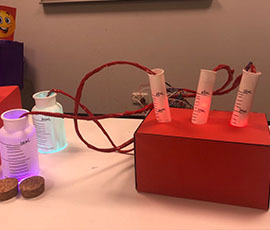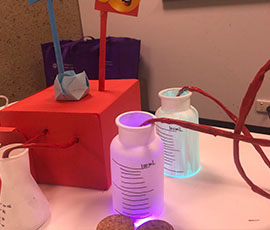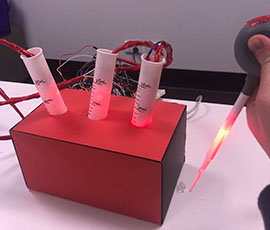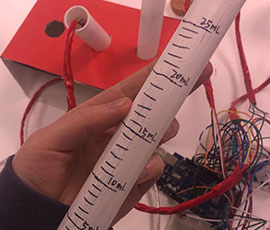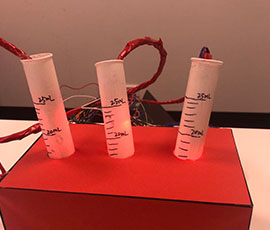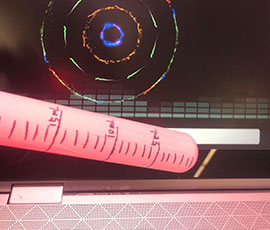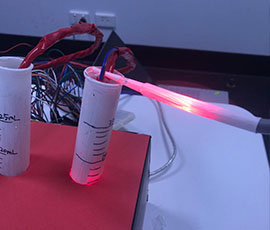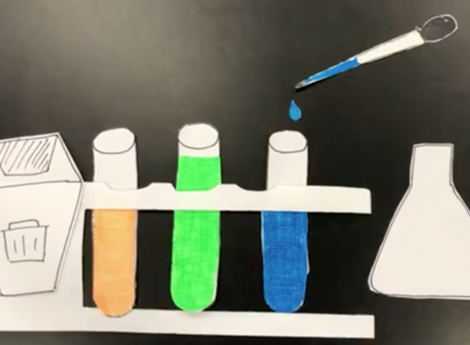Team domain
Fast-paced life makes people more and more impetuous, and people will also generate more and more pressure because of social factors. These pressures may come from school, work, or family, and have a bad influence on their mood and even affect their mental health. In order to solve this problem, the problem space studied by our team is to relieve everyday stress. As can be found in the background research, music can help soothe the mind and body and can achieve the purpose of relieving stress, and different types of music will have different effects on people’s emotions. Among many types of music, the impact of natural sounds or everyday sounds on stress relief is remarkable. Based on this, the aim of the project is to design a highly playable and innovative interactive device that can help people interact with daily sound. What we want to do is to make music into something that can be touched in daily life, although people without music foundation can also make their own music and enjoy the fun of music. Our design allows users to interact with daily sounds by recording, replaying, and mixing multiple pieces of everyday sound, in the process of interaction, cool visual effects will be presented to make people more immersed in the pleasure of interacting with daily sounds to achieve the purpose of decompression.
Target audience
The name of our product is called “Sound Lab”. It can be regarded as an interactive sound processing device that can help people reduce stress. These are three types of our target audience:
1. People who are interested in daily sounds
2. People who have a lot of stress in life
3. Non-professionals who are interested in music production
Functions
The whole device consists of five main functions, they are collecting and recording sound, playing sound, storing sound, mixing sound, and deleting sound. The shape of the product will be the same as the commonly used tools in the chemical laboratory, that is, droppers, test tubes, jars, flasks, trash cans, and the interactive form of the product will also simulate the way chemical experiments are usually carried out.
Ideally, the entire project can achieve the following effects:
The dropper is a sound collector. The user can record the sound by placing the dropper close to the sound source and squeezing the latex head of the dropper. The brightness of the light in the dropper can show the working status of the test tube.
The test tube is a sound storage and playback device. By touching the inner wall of the test tube with the dropper, the sound collected in the dropper can be transferred to the selected test tube, and the light in the test tube represents whether the test tube has any content stored. The user can play back the stored music by shaking the test tube, and the corresponding visual effect will be generated according to the frequency of the music. After the transfer occurs, the test tube will be emptied into an empty test tube.
The jar is a storage of fixed melody. It can be seen as a preset melody memory; users can choose to add daily sounds to the established melody for music creation to ensure the harmony of music production. The audio in the test tube can be transferred to the flask by pouring for subsequent operations.
The flask is a generator of sound mixing. Users can select their favorite sound clips and transfer them into the flask by dumping. The remixing effect is achieved by shaking the flask, and a series of visual special effects (light changes, smoke effects) will accompany the remixing.
The trash can is a sound deleting device. The user can delete the stored content by dumping the test tube or the flask to the trash can for the next music production.
